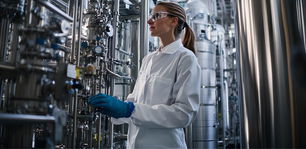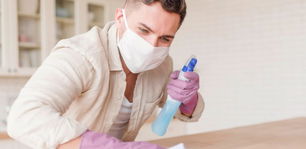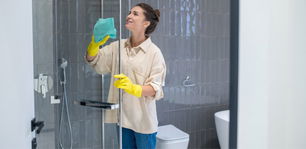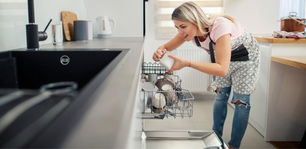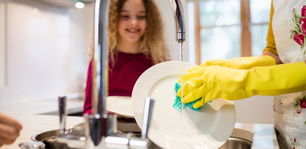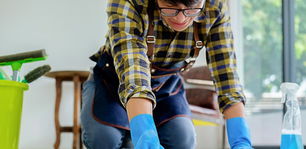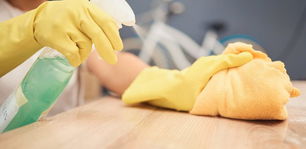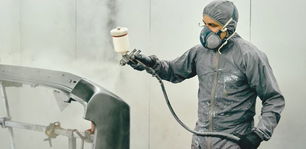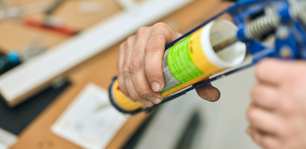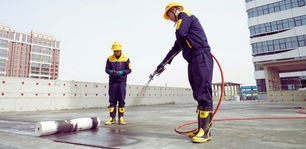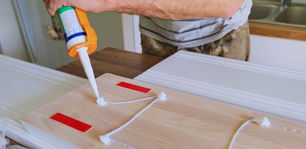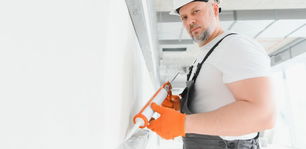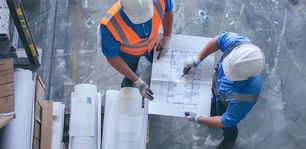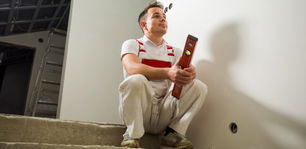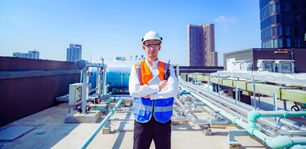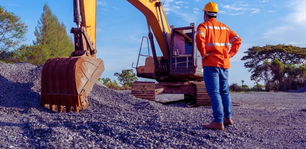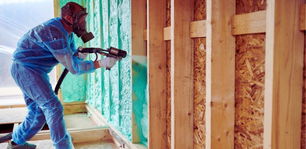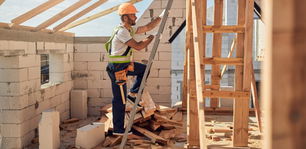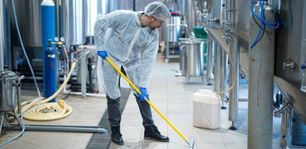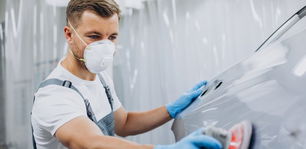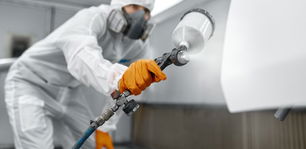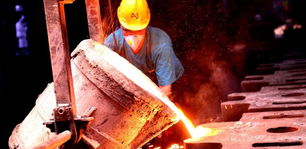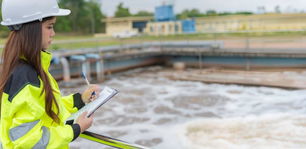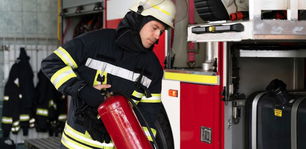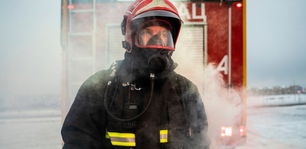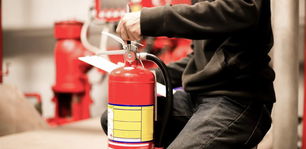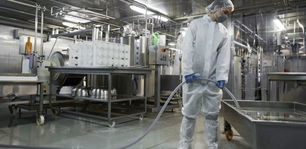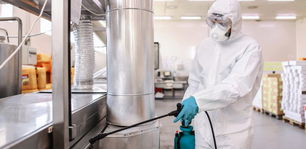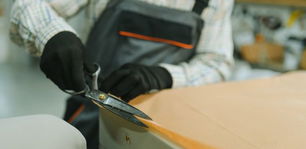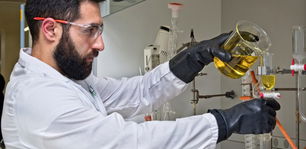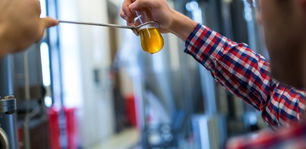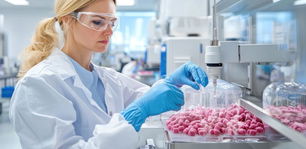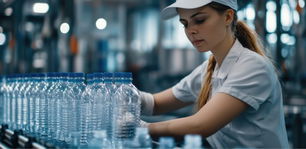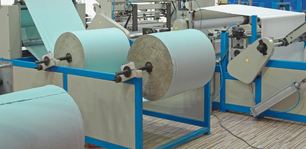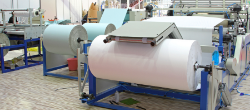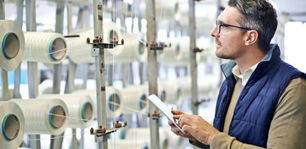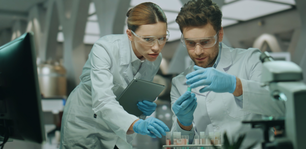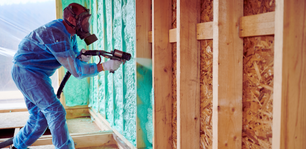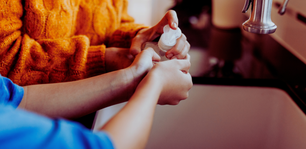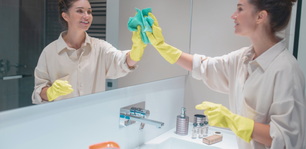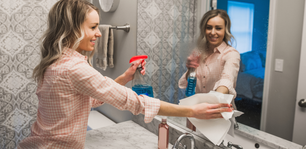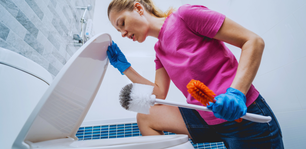A change in taste, smell or consistency are warning signs that something is wrong with the water in your deep well. Of course, water that appears clean at first glance may also contain dangerous bacteria. To deal with these problems and, above all, to prevent them from occurring in the future, it is important to ensure that the entire system is cleaned regularly. How to do it? You will read about this below.
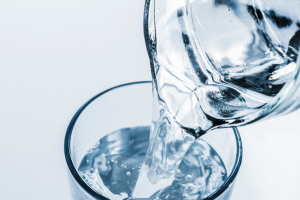
The process of disinfecting a deep well – step by step. Why, how and with what materials should it be done? This information (and a little more) awaits below.
Why do deep wells require disinfection?
The characteristics of a deep well (for clarity, it takes the form of a borehole several metres or several dozen metres deep) make it an ideal environment for the growth of microorganisms and the appearance of other contaminants.
Despite the fact that such structures have special safeguards and are equipped with filters, they are still vulnerable to the intrusion of so-called uninvited guests into the water. This usually occurs during maintenance work or as a result of damage (to the casing or pipes). Microbiological contamination occurring in the aquifer can also be a source of problems.
When and how often should this be done?
It is absolutely necessary to do this after any work related to the operation of the well (including drilling, replacement and repair of components). The same applies to emergency situations that may cause contamination to enter the well. We are referring here, for example, to flooding caused by floods or heavy rainfall.
The results of water quality tests (worth doing at least once a year) – indicating the presence of bacteria – are also a signal for action. If their levels exceed safe standards – professional disinfection of the well should be carried out immediately.
As for frequency, it is worth doing this periodically (e.g., once every 2-3 years) and always when there are concerns about water quality and safety (e.g., visible cloudiness, unpleasant odour, change in taste or the aforementioned test results).
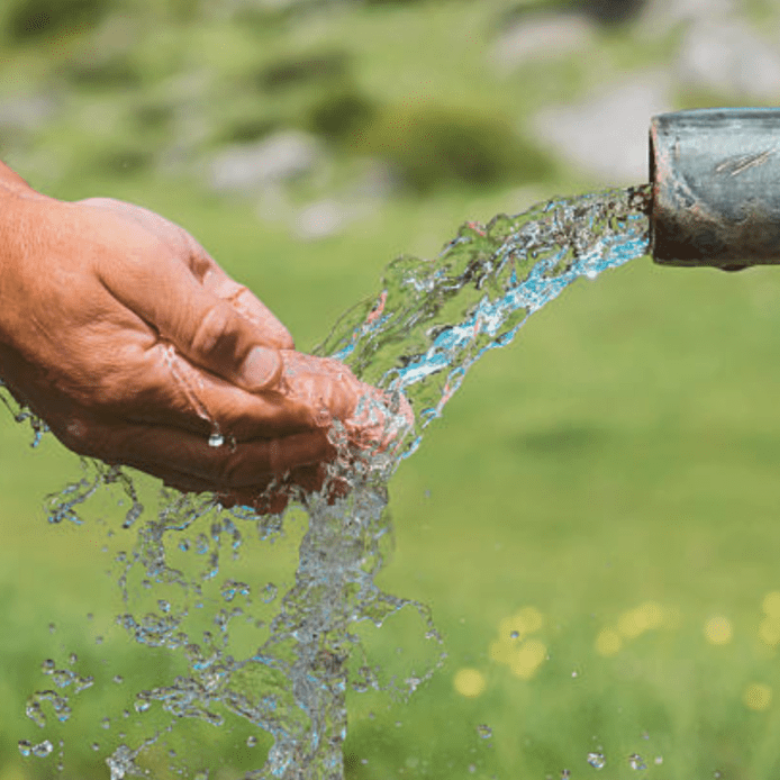
What methods are worth pursuing?
The process of disinfecting and cleaning a well can take several forms. Here they are:
- Chemical – including and/or ozonation. Due to its universality, effectiveness and ease of use, chemical disinfection of wells is the most popular method.
- Mechanical – including filtering or UV radiation. These methods are effective for removing larger contaminants, which is why they are often used as a supplementary method.
- Biological – including enzymes that are just gaining ground.
Interestingly, it is very common in practice to use a combination of two methods. First, the water is purified mechanically (mainly from visible contaminants), and then its interior is disinfected using chemicals.
What disinfectants should be used for deep wells?
- Sodium hypochlorite (available from PCC ROKITA) – offers high effectiveness in combating bacteria, viruses and fungi that may be present in water. The appropriate concentration ensures effective cleaning without posing a threat to human health and life.
- Hydrogen peroxide – equally effective, but due to its action (it decomposes into water and oxygen, leaving no harmful residues) – more ‘convenient’ to use.
Other substances that also work well in this process are potassium permanganate (leaves a purple colour) and chlorine dioxide (very strong).
Is it possible to do this completely without using any chemicals? In theory, this is possible. However, it is worth remembering that this has its limitations. Many contaminants (e.g., bacteria) simply cannot be removed – without resorting to professional preparations and cleaning agents.
See the PCC Group’s offer: chemicals for water treatment
How to disinfect a deep well?
If you are doing it yourself, make sure you have all the necessary equipment and materials. You will need a disinfectant of your choice, a hose, a pump, a tank, and appropriate clothing (gloves, goggles, mask).
- The first stage is mechanical cleaning, during which you will remove all visible dirt from the water.
- The second stage is chemical disinfection, during which you introduce a previously prepared solution into the well. Adjust its concentration to the volume of the well. Details can be found on the label of the selected product. Then mix well to distribute it throughout the water.
The duration of the treatment depends on the specific substance, but usually requires waiting from a few to even several dozen hours.
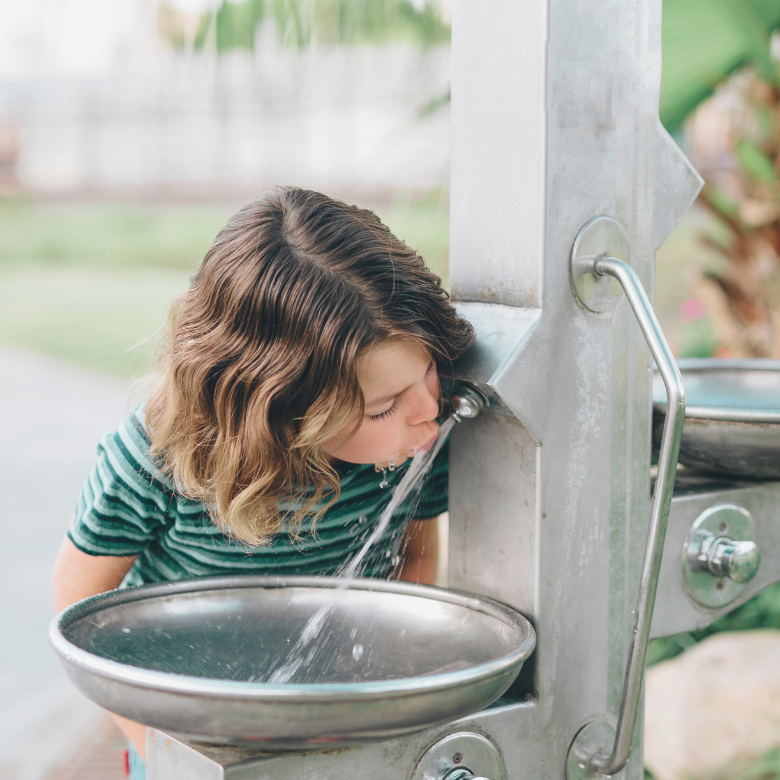
What to do after disinfection?
Once the disinfection process is complete, rinse both the well and the entire system thoroughly. You can also use neutralising agents (these are effective, for example, if chlorine has been used for cleaning). To be sure the water is drinkable – wait 48 to 72 hours and then test it. The results will also show you whether all hazards have been removed.
If you have no experience in this area, we recommend seeking the assistance of experienced professionals.
How to prevent the need for frequent disinfection?
Follow the simple rule of ‘better safe than sorry’. Regularly check the condition of the water and the entire well. If you see any worrying signals – whether concerning the water (suspicious appearance, smell, taste) or the structure itself (damage, leaks, etc.) – react immediately. Do not wait until the water becomes even more contaminated.
- It is a good idea to inspect the casing and seals regularly, even several times a year (especially after winter and heavy rainfall).
- Water testing should be carried out annually. If you have legitimate concerns about its quality – do it more often, of course. Preferably just after the event that caused your anxiety.
Why is this essential? Getting rid of contamination from your well as a preventative measure is not only a cheaper, easier and faster way, but above all – it protects you from more serious problems.
Need more safety tips?
Check our company blog, where we regularly share tips. We advise you on how to use cosmetics and personal care products from PCC, and we also publish other valuable information.
- https://www.gov.pl/web/psse-brzozow/studnie-czyszczenie-i-dezynfekcja
- https://www.epa.gov/ground-water-and-drinking-water/emergency-disinfection-drinking-water



